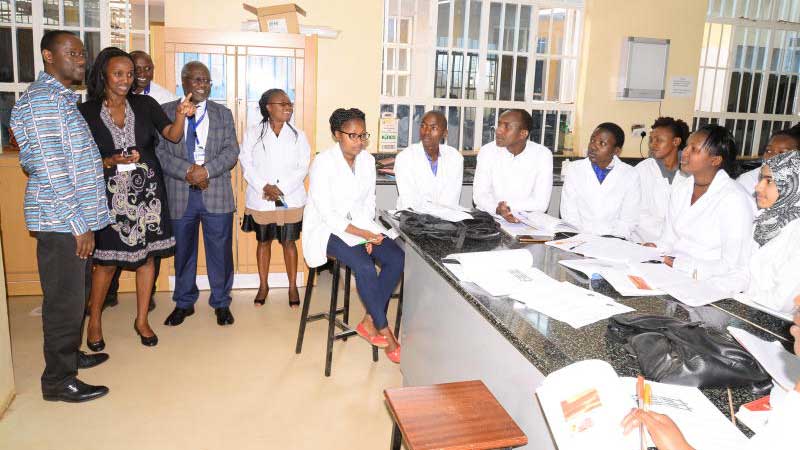
As Kenyans marked ‘Hero’s Day’, few might have recalled former President Daniel Toroitich Moi’s contribution to university education in post-colonial Kenya. Despite immense economic and political challenges, Moi used his presidency to fashion one of Africa’s most important education revolution.
Moi was the son of peasantry and his background helped shape his view of higher education. This motivation was both a product of both personal and contextual realities. The decision to turn down admission to Alliance High School as a student and linger in the heartlands of Baringo and Nandi shielded Moi from the elitism that Kenya’s founding fathers preferred.